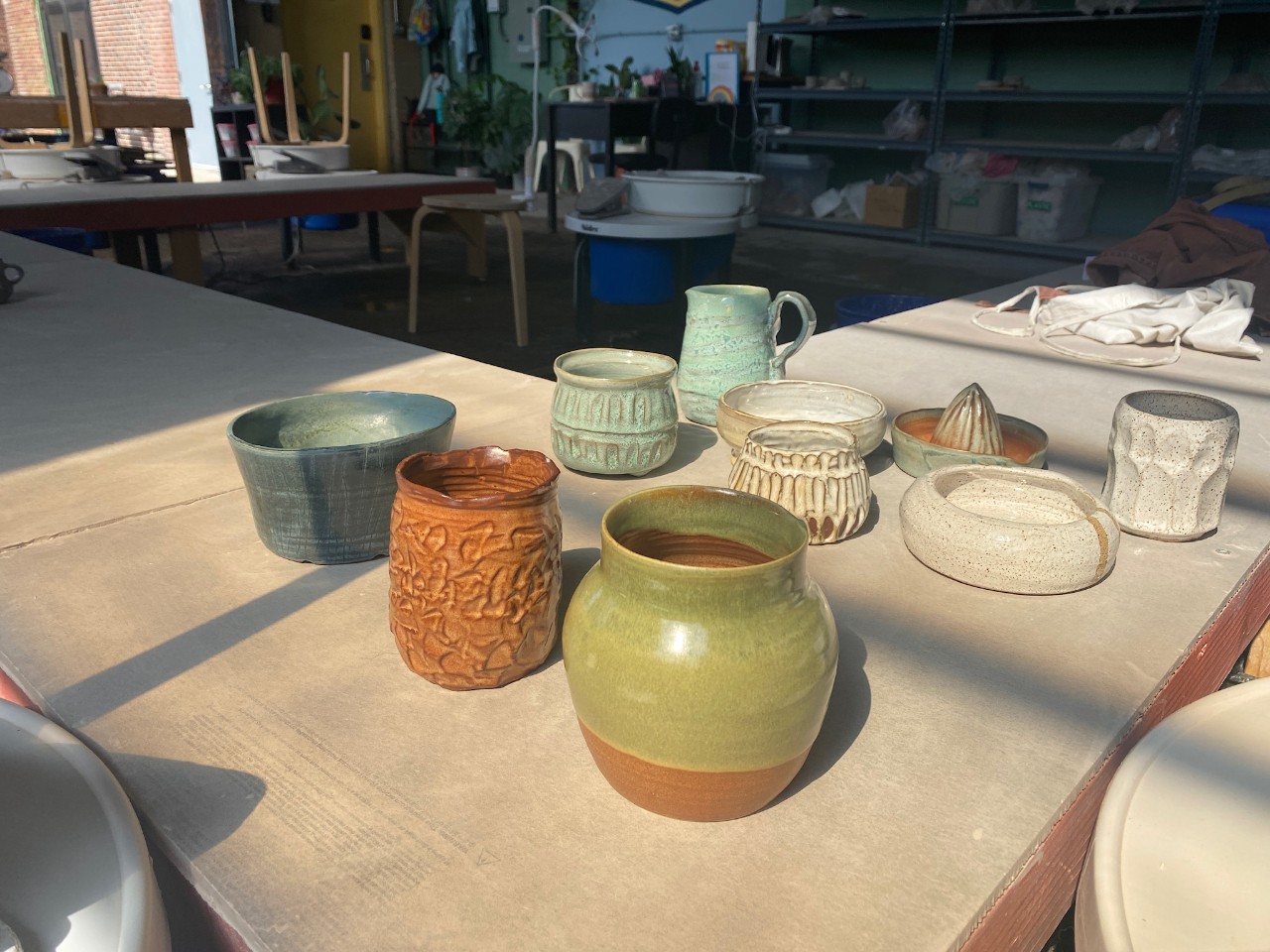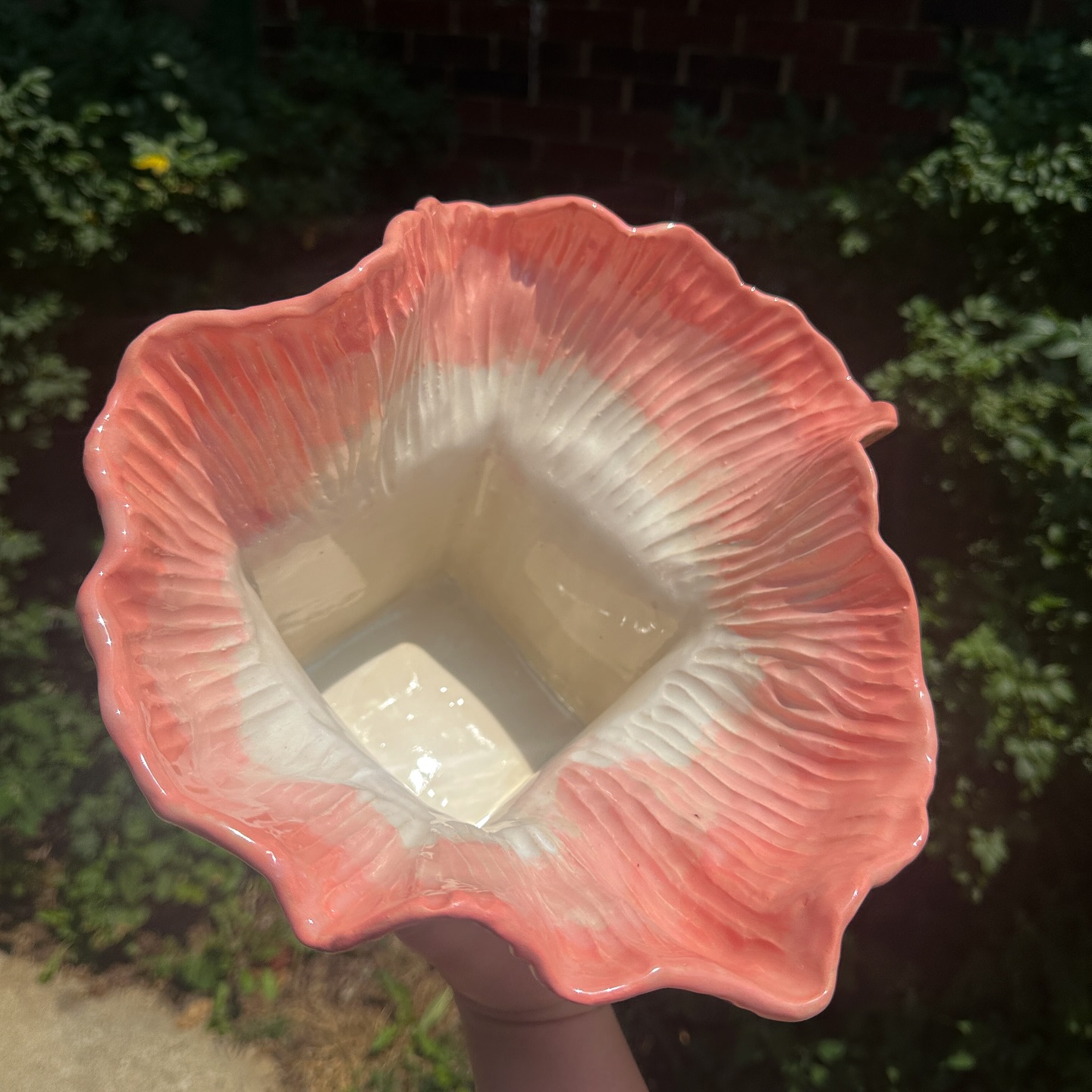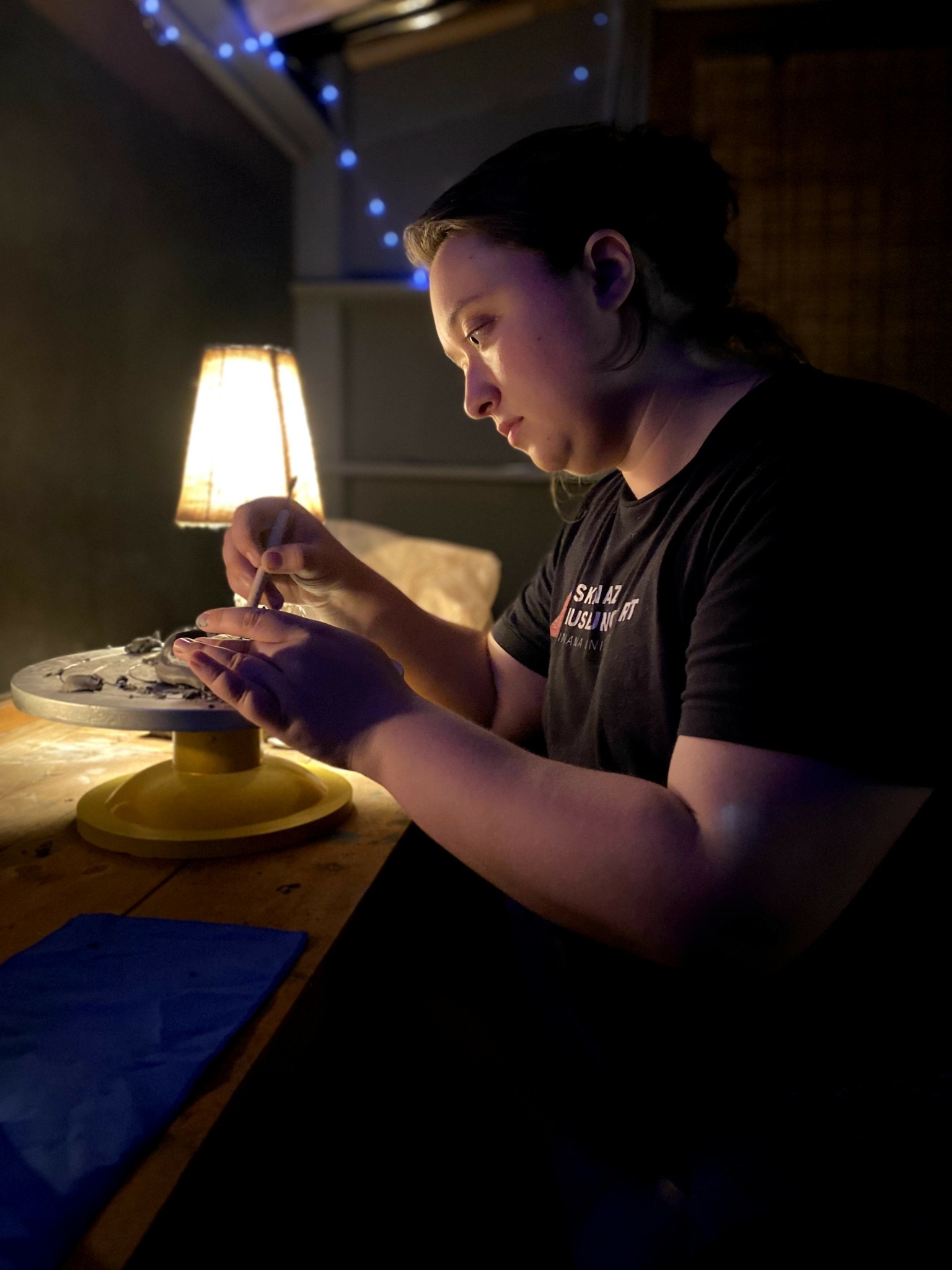We recently connected with London Heist and have shared our conversation below.
London, thanks for taking the time to share your stories with us today If you could go back in time do you wish you had started your creative career sooner or later?
When I first got to college, I started on the business school track. A couple of years in, after spending all my free time building a painting portfolio to apply with, I made the radical switch to the painting program at Indiana University Bloomington and earned my Bachelor’s in Fine Arts. I don’t wish I had started out in the arts department, to be honest. My business courses proved fundamental in establishing myself as an artist and making sales later on. In the painting program, I had 24/7 access to a private studio and the freedom to create anything I wanted. The only real requirement was that I was making a LOT of work. My later start in the program gave me a deeper appreciation for what a privilege it was to be in a residency-like environment, and I’m so grateful to have had the chance to take my craft so seriously with the support of my professors and fellow artists.
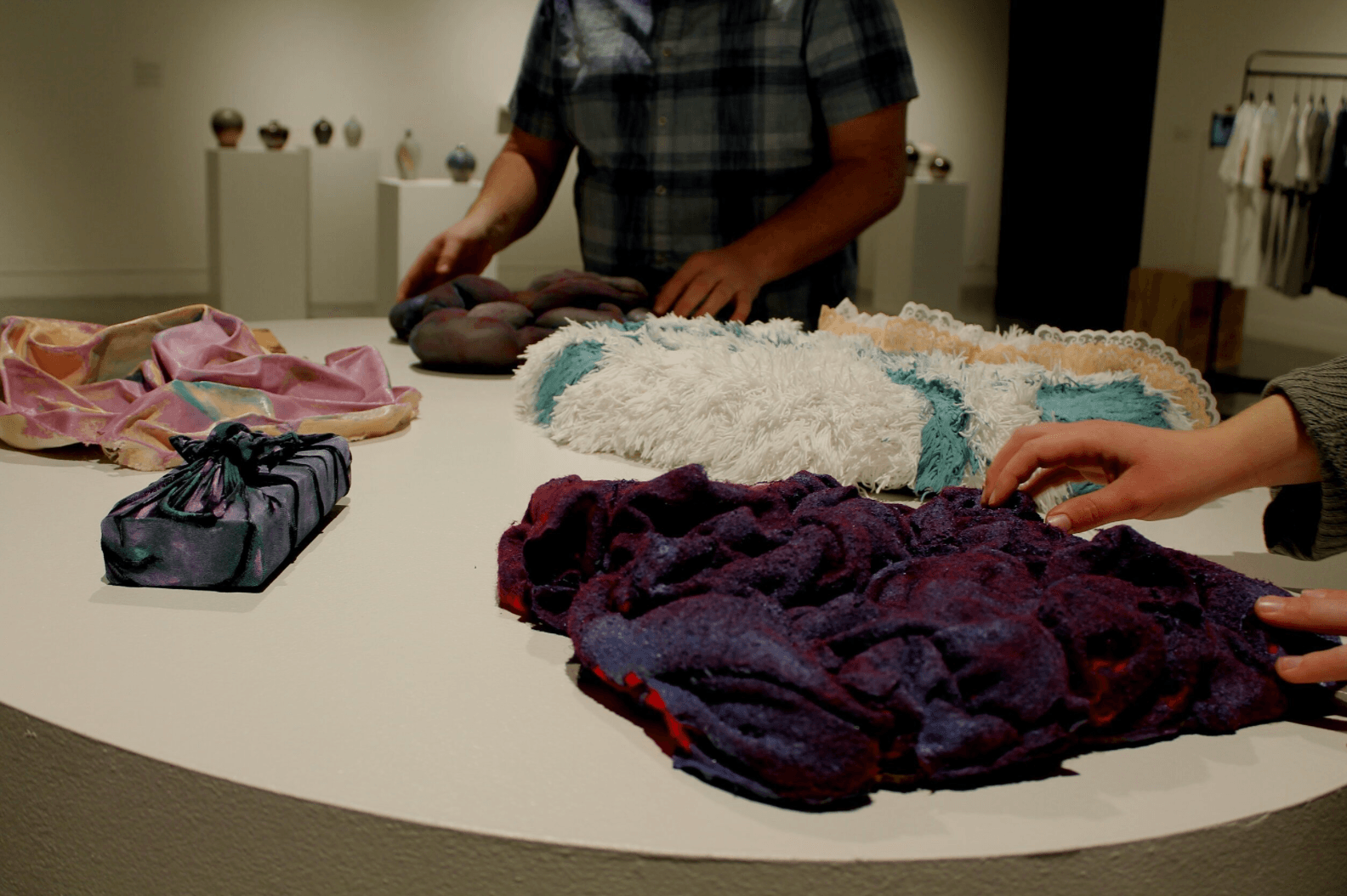
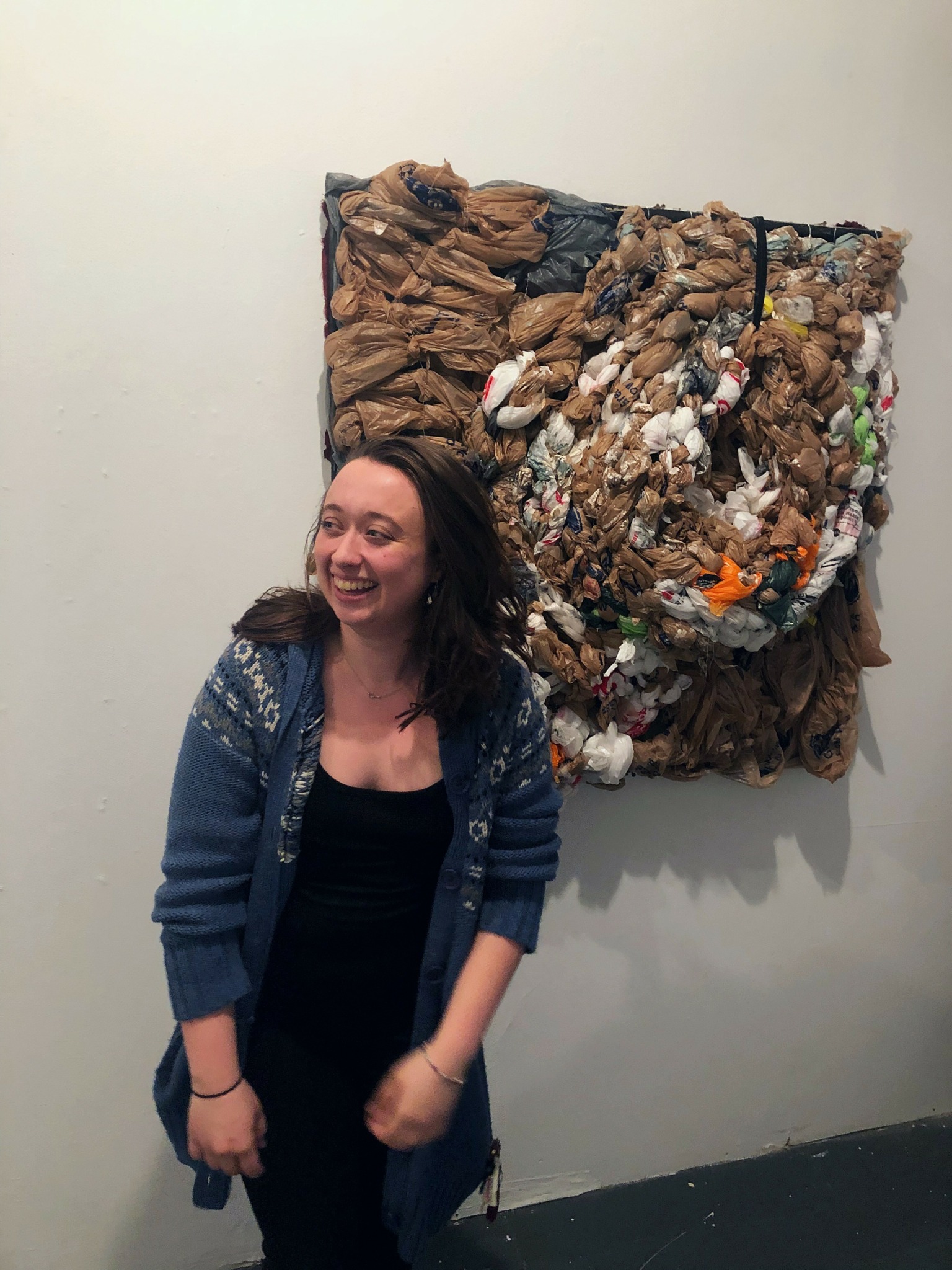
Awesome – so before we get into the rest of our questions, can you briefly introduce yourself to our readers.
My work is primarily sculptural, though if you visit my website and social media accounts, you’ll also find a good amount of functional things like mugs, bowls, and other pottery. While I do make functional things to learn more about clay and glazes, the stuff I love to make is heavily abstract. I work in both found and discarded materials—and most recently in clay.
While the portfolio I applied to art school with was primarily oil paintings of landscapes, I went through a metamorphosis my second semester while I was in a class on American Consumerism. Overwhelmed by the scale of the waste produced by capitalism in America, I spent the next few years working with only trash-picked and discarded materials. I learned to push the limits of each given material (from plastic grocery bags to crushed cans to foam mattress toppers) to be more. The idea of their salvage and transformation was an idea I was very committed to. At the time, I had felt very discarded by the community I grew up in (a very strict and conservative religious organization) and was obsessed with the idea that I could emerge anew after a transformation akin to what I was helping the materials chosen for my artwork do.
As time went on, I relaxed my rules on using ONLY trash in my work. (though I still enjoy a found object!) I started thinking more about composition and the meaning behind chosen materials in abstract work. I asked questions like “What does it mean to use a bed sheet vs. a t-shirt in this piece?” and “How can I make something that is meant to be soft actually be sharp or surprising when touched?” The work I made was meant to be examined by physically touching the work installed in the gallery.
Lately, I’ve been working in the ultimate sustainable material—clay. You can create literally anything and destroy it just as easily to be recycled and made anew.
As a ceramicist and abstract sculptor, my work is driven by a deep curiosity for unconventional, discarded, and found materials. My artistic practice is guided by the idea of exploring the possibilities of forcing, stuffing, stretching, and fitting these materials in ways that challenge my own body’s abilities and the laws of gravity. In my studio, finding the limits of specific materials is a constant struggle that pushes me to think creatively and explore the boundaries of what is possible.
I am particularly drawn to the tension between the seen and the unseen, the revealed and the concealed. I believe that this tension is central to the human experience. Through my sculptures, I aim to create a dialogue between the object and the viewer, inviting them to look beyond the surface and discover what lies beneath.
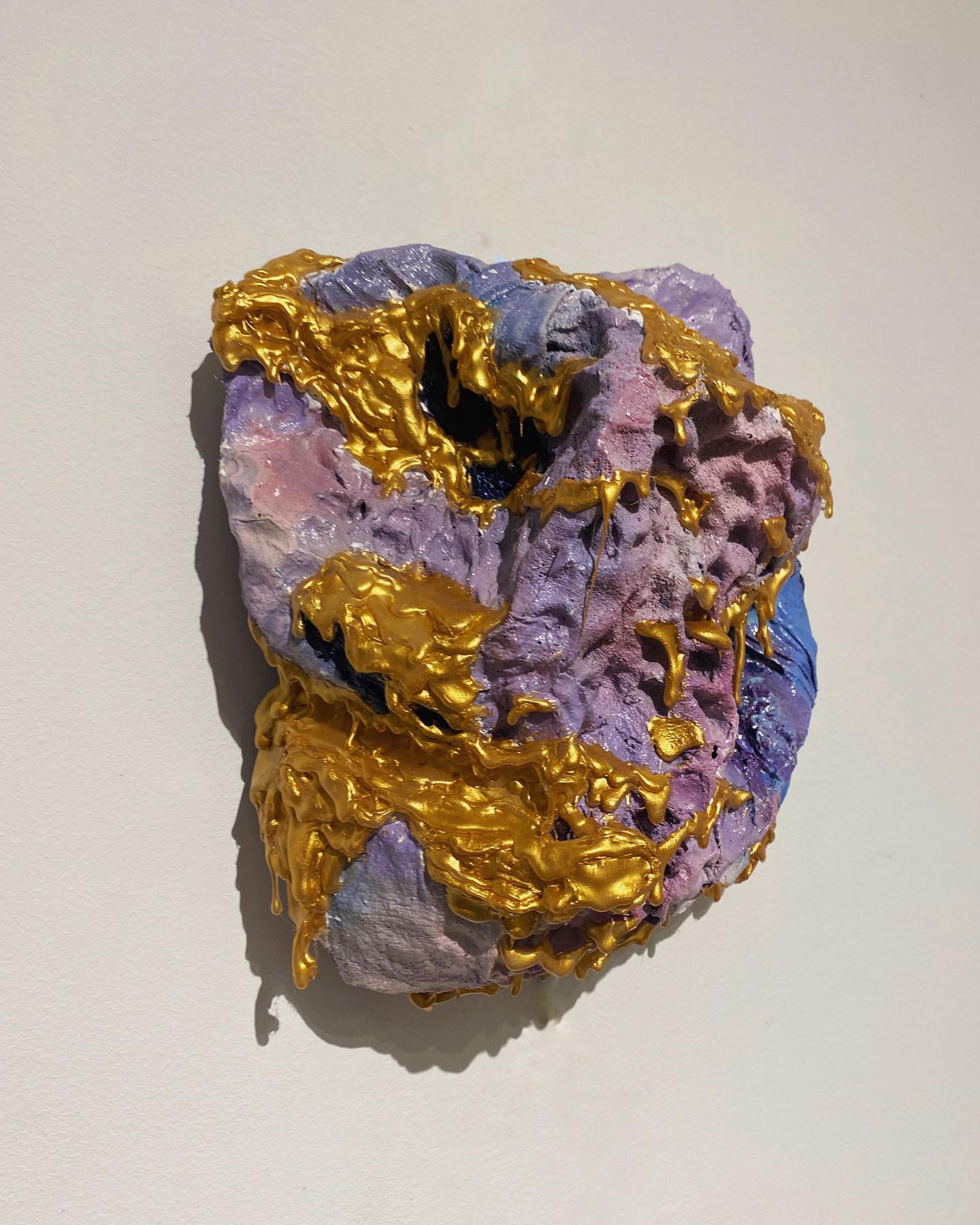

Are there any resources you wish you knew about earlier in your creative journey?
I wish I had known about organizations like local arts councils and arts calls earlier in my journey. There are so many ways to network as an artist and get into shows. Attending arts community events, going to show openings, and emailing artists to ask them for a studio visit so you can learn more about what they do are all amazing ways to network, and the opportunities are endless. Arts councils and other arts organizations often have funding opportunities and grants you can apply for, or paid opportunities like one I was just awarded. My painting was just selected to be blown up to a mural in the Indianapolis Airport for the next 2 years! I know there is a lot of imposter syndrome involved in applying for opportunities like that, but I can’t recommend shooting your shot more highly. Had I let my insecurity get in the way, I never would have won that arts call! Everyone should be proactive about applying for that kind of thing because you never know when it’ll work out.
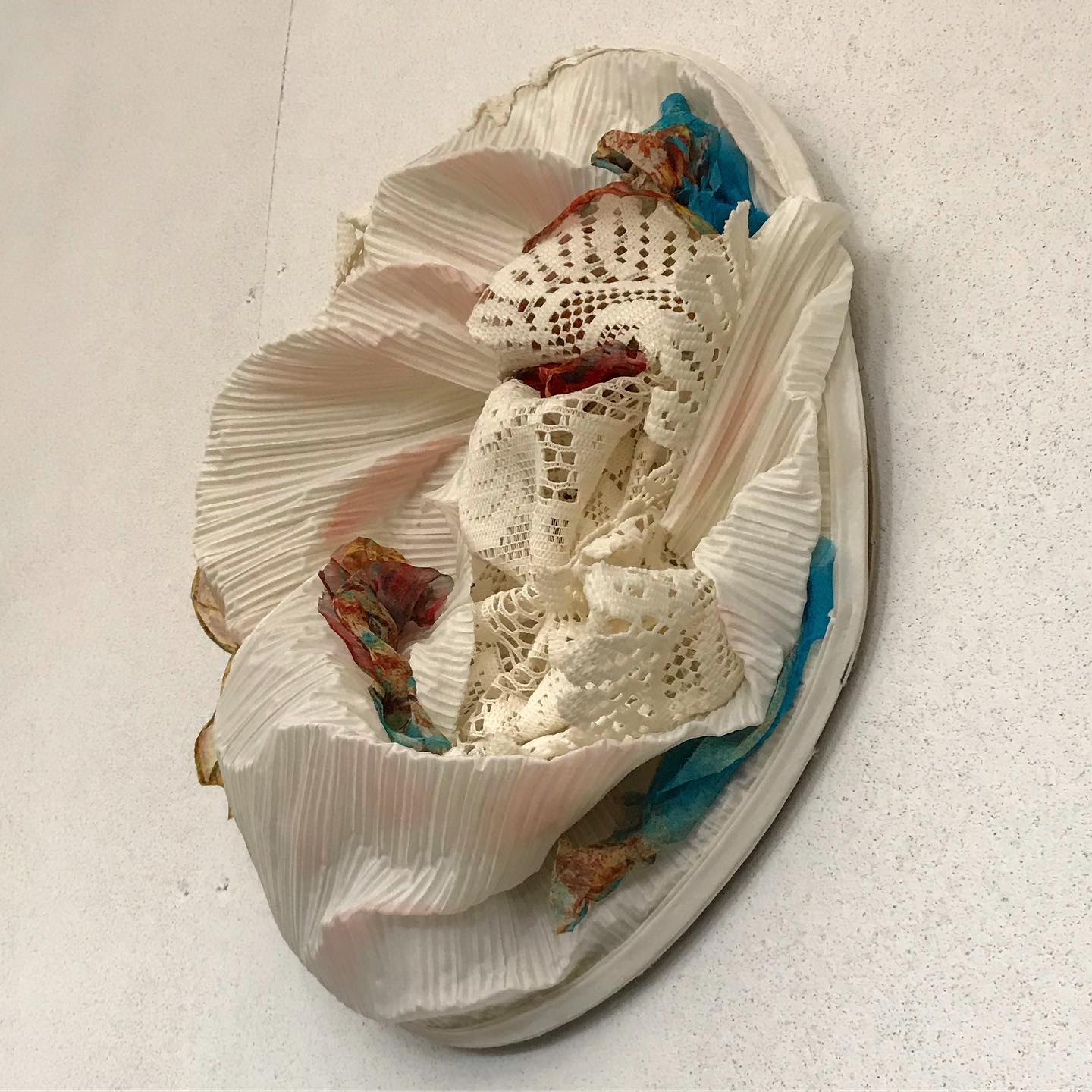

We often hear about learning lessons – but just as important is unlearning lessons. Have you ever had to unlearn a lesson?
The biggest lesson I had to unlearn was that art should palatable and sellable. Like many others, I felt that I needed to commodify my work, and I’ve battled against that idea multiple times in my artistic journey. I initially felt a pressure to make “pretty” paintings that sold easily, but a time came when I realized that the work no longer felt authentic to me and my journey. I started finding the beauty in “ugly” things, and wanted to explore that and abstraction further. Once I gave up on the idea of selling the work, I felt a freedom in making that I had never experienced before. It allowed me to work bigger, more sculpturally, and to throw the rulebook out the window. I stopped working. representationally and began to let my work go more abstract. To be clear, I don’t think there’s anything wrong with making marketable work, but it just wasn’t the right fit for me.
I had to unlearn this lesson once again as I began dipping my toes into the pottery world. I wanted to make pretty mugs and bowls that people wanted, and while I still enjoy that to a degree, it doesn’t feel like “my art.” I’ve recently set myself free all over again to start making larger abstract works in this new and exciting medium, and I’m starting to feel like my old self again. It’s been an exhilarating shift for me.
For me, the best way to foster my creativity has been to get a job that pays the bills, and make art nights and weekends. Relying on making sales sucked the creativity out of my work, and I began making what sold instead of what my heart wanted to work on. This balance has worked for me, and while I have mad respect for people who are able to produce at a scale they can live off of, I’ve been able to take my work more seriously with the stability that comes with a steady paycheck. I share this, because I do believe it is possible to be a serious artist and still have a day job. It depends on the kind of work you are driven to make.
Contact Info:
- Website: https://www.londonheist.com
- Instagram: @londonheist
- Facebook: https://www.facebook.com/stormoverlondon
- Linkedin: https://www.linkedin.com/in/londonheist/
